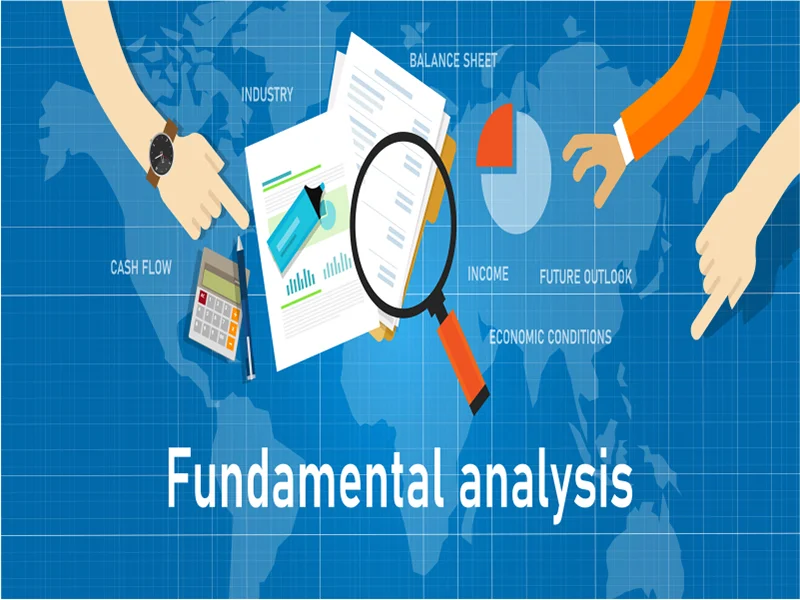Introduction
Trading in financial markets requires a strategic approach, and two of the most popular methods used by traders and investors are technical analysis and fundamental analysis. While technical analysis focuses on price movements, patterns, and indicators, fundamental analysis examines a company’s financial health, economic factors, and industry trends. Both methodologies have their strengths and limitations, and traders often combine elements from both to make informed decisions.
This article delves deep into the differences, advantages, disadvantages, and practical applications of technical and fundamental analysis in trading.
What is Technical Analysis?
Technical analysis is a trading methodology that evaluates historical price movements and trading volumes to predict future market behavior. It is based on the assumption that past price trends tend to repeat themselves due to market psychology and investor behavior.
Key Components of Technical Analysis
- Price Charts – Traders use line charts, bar charts, and candlestick charts to analyze price movements.
- Indicators and Oscillators – Moving averages, Relative Strength Index (RSI), Bollinger Bands, MACD (Moving Average Convergence Divergence), and stochastic oscillators help identify trends, momentum, and overbought/oversold conditions.
- Support and Resistance Levels – These are key price levels where assets tend to reverse or consolidate.
- Chart Patterns – Patterns such as head and shoulders, double tops, flags, and triangles indicate potential market movements.
- Volume Analysis – The number of shares or contracts traded provides insight into market strength and trend confirmation.
Advantages of Technical Analysis
- Quick decision-making: Ideal for short-term traders and day traders.
- Works across multiple asset classes: Can be applied to stocks, forex, commodities, and cryptocurrencies.
- Provides entry and exit points: Helps traders determine when to enter or exit a position.
- Automated trading strategies: Many traders use algorithms and bots based on technical indicators.
Disadvantages of Technical Analysis
- Subjectivity: Different traders may interpret the same chart differently.
- Lagging indicators: Many indicators rely on historical data, which may not accurately predict future movements.
- Market anomalies: Unexpected news and economic events can invalidate technical patterns.

What is Fundamental Analysis?
Fundamental analysis evaluates a company’s financial statements, economic conditions, industry performance, and other qualitative and quantitative factors to determine its intrinsic value. This approach is commonly used by long-term investors to identify undervalued or overvalued stocks.
Key Components of Fundamental Analysis
- Financial Statements – Investors analyze income statements, balance sheets, and cash flow statements.
- Earnings and Revenue Growth – Companies with consistent earnings growth are preferred by investors.
- Economic Indicators – Interest rates, inflation, GDP growth, and employment data influence stock performance.
- Industry Analysis – Competitive advantage, market share, and regulatory environment play a crucial role.
- Management and Corporate Governance – Strong leadership and ethical practices contribute to a company’s long-term success.
Advantages of Fundamental Analysis
- Long-term perspective: Helps investors make informed decisions for wealth accumulation.
- Identifies undervalued stocks: Enables investors to find opportunities before the broader market catches on.
- Reduces market noise: Less affected by short-term price fluctuations.
- Provides a complete picture: Considers macroeconomic factors, industry conditions, and business fundamentals.
Disadvantages of Fundamental Analysis
- Time-consuming: Requires extensive research and financial knowledge.
- Not ideal for short-term trading: Market prices may take a long time to reflect intrinsic value.
- Subject to external factors: Political instability, regulatory changes, and economic downturns can impact analysis.
Technical vs. Fundamental Analysis: A Head-to-Head Comparison
| Criteria | Technical Analysis | Fundamental Analysis |
|---|---|---|
| Focus | Price movements, charts, and indicators | Company financials, economic factors |
| Time Horizon | Short-term (intraday to a few months) | Long-term (months to years) |
| Data Used | Historical price and volume data | Earnings reports, balance sheets, macroeconomic data |
| Decision-making Basis | Patterns, trends, and signals | Business valuation and growth potential |
| Best For | Traders, scalpers, swing traders | Long-term investors, value investors |
| Market Dependency | Market sentiment and psychology | Economic and business fundamentals |
Combining Both Approaches
Many successful traders and investors combine technical and fundamental analysis to develop a hybrid strategy. Here’s how:
- Use fundamental analysis to identify strong companies and determine long-term investment opportunities.
- Apply technical analysis to time entries and exits within fundamentally strong stocks.
- Monitor macroeconomic indicators while analyzing technical price patterns.
- Blend short-term trading strategies with long-term investment perspectives for portfolio diversification.
Real-World Example
Consider a stock like Apple Inc. (AAPL):
- Fundamental Analysis: Analysts review earnings growth, iPhone sales, innovation, and market competition.
- Technical Analysis: Traders observe moving averages, RSI, and breakout patterns before executing trades.
- Hybrid Approach: A long-term investor buys Apple stock based on strong earnings growth, while a trader waits for a breakout above resistance to enter a short-term trade.
Conclusion
Both technical and fundamental analysis play a crucial role in trading and investing. Technical analysis is ideal for traders looking to capitalize on short-term price movements, while fundamental analysis is best suited for long-term investors focusing on a company’s intrinsic value. The best approach depends on individual trading goals, risk tolerance, and market conditions.
By understanding and applying both methods effectively, traders can develop a well-rounded strategy to navigate the complexities of financial markets.
